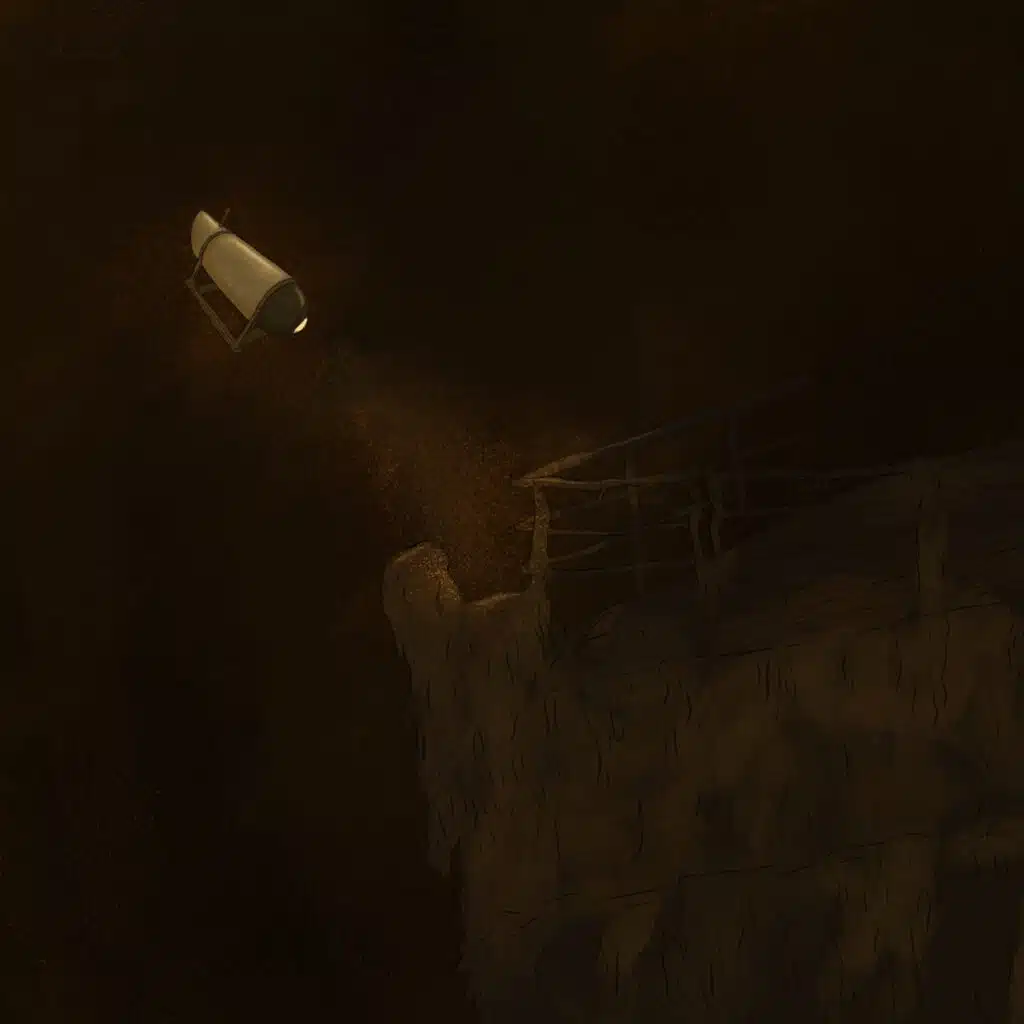By Leah Eichler,
It’s been almost a week since the wreckage from the Titan, the doomed submersible bent on giving its wealthy passengers a close-up view of the Titanic, was found, confirming that all five on board were dead.
Since then, many of us have lamented the loss of life as well as the waste of funds — it’s been widely reported that the cost per person to travel 3800 metres below sea level (12, 467 feet) was around $250,0000. On top of that, the massive, international search for the Titan could very well cost in the millions. The staggering price-tag of both came across as tone deaf and unsympathetic to the other 99% struggling with high inflation.
There’s also been mass outrage (and rightly so) that around the same time the international media and multiple governments were laser-focused on the Titan, a migrant ship in the Mediterranean carrying as many as 750 adults and children from war-torn countries sank with few countries or agencies issuing a peep. Hundreds are feared dead. If you needed yet another reminder of the perils of economic disparity in our f—-ed up world, well here’s the latest.
So yes, this comparison shows the Titan explorers in a particular light — one of hubris, avarice, vanity, indulgence, arrogance, you name it. I agree, agree, agree.
And yet, I’d be lying if I didn’t say, on some level, I get why they did it.
Before you start rushing at me with torches and pitchforks, hear me out. I don’t agree with the disparity in rescue operations, but I do understand why someone would want to see the Titanic up close. Not me, that’s for sure, since I’m still afraid of swimming in the ocean when my feet can’t touch the ground. But the story of the fabled ship, and its wreckage will have a certain allure for many — and that’s ok.
Over the last few days, I’ve been puzzling over this bizarre desire to see the Titanic, and the process has me thinking about the universally enduring allure of monuments. The last few years have seen us focusing on the need to remove problematic monuments, which we should. Public spaces should be designed to heal visitors, not re-injure them. But what about the ones we keep — what do they say about us and why do we want to visit them?
I’ve been thinking a lot about the value of monuments since my recent visit to Budapest. On our first afternoon in the city, my partner, son and I meandered over to the Danube to see the Shoes on the Danube Bank memorial, erected in 2005.
It’s a haunting tribute in which dozens of bronze shoes, all in different sizes, look discarded on the edge of the water. The memorial commemorates the Jews massacred by the fascist militias belonging to the The Arrow Cross Party during the Second World War. Up to 20,000 Jews were taken from the newly established ghetto in the city to the bank of the Danube, where they were ordered to take their shoes off before being shot, their bodies falling into the river. Maybe that’s why I’m sensitive to the Titanic. For me, water symbolizes one big cemetery.
Monuments, good ones at least, take us out of our comfort zone and force us to feel something. Injustice. Loss. Sadness. They act as physical evidence of our collective memory. For a moment, we can put ourselves into someone else’s shoes (at the Danube exhibit, literally). Done correctly, visiting monuments can be a cathartic experience.
Or not. On our first visit there, a couple appeared to go above and beyond the usual need for picture-taking, orchestrating awkward selfies of themselves smiling with the shoes. I tried to move past their distasteful demonstration, but they made quite a show, even roping in other visitors to take their photo as they stood with their arms around each other, smiling for the camera. I tried not to be too judge-y but my temper was short; I’d been travelling for 15 hours and I just couldn’t figure out how a somber tribute to a massacre could make someone want to pose like it was a birthday party.
I thought of the couple again when I read an interview with Christine Dawood, the wife and mother of two of the victims of the Titan submersible, including 19-year old Suleman. News of this 19-year-old’s death hit me hard, maybe because I am the mother of a 19-year old and I know how arrogant teenagers can be in the face of danger (I was a teenager once, too and did some crazy stupid things.)
Suleman, his mother said, wanted to solve his Rubik’s Cube 12,500 feet below sea level. The Guinness World Records received an application to that effect. The experience was merely a box to tick, which seemed to exacerbate the stupid loss of life. Visiting the Titanic was an afterthought. This is in no way a slap at the young man who tragically lost his life, but at the environment that created a scenario in which such a dangerous undertaking can be assumed with such a cavalier attitude.
In some ways — at least for the very rich — we’ve lost our natural fear. It’s the first thing we teach children when they start swimming — to respect water, because it can kill you. But even the not-so-rich seem increasingly immune to fear of natural dangers. Just google “dangerous Tik Tok trends” and you will be flooded with a multitude of stupid ways to die. In our collective competition to “experience” life, we seem to mistake a quick dopamine fix for real life (calculated) adventure. It’s dumbed down our appreciation of notable landmarks (like the Titanic) and even made easy-to-access ones (like the Shoes at the Danube) a quick hit to post and move on.
I appreciate the Titan’s tourists’ spirit of adventure but not their laissez-faire approach to visiting what is essentially an underwater graveyard where human remains may still reside. Monuments are sacred places and we need to do better when we honour the dead. Maybe then, we can also better value the living.
Yours in reading and writing,
Leah Eichler
What am I Reading?
It’s been 75 years since “The Lottery” was published. Everyone I know read this short story in school and it has haunted me ever since.
Want another hit of Shirley Jackson? Don’t miss: We Have Always Lived in a Castle. It’s one of my favourite novellas.
Jane Eyre — Yes, you read that right. Susan and I recently recorded our next edition of the podcast Still a Classic and this time we tackled Jane Eyre. Keep your eyes (and ears) peeled for its release in the next week.

